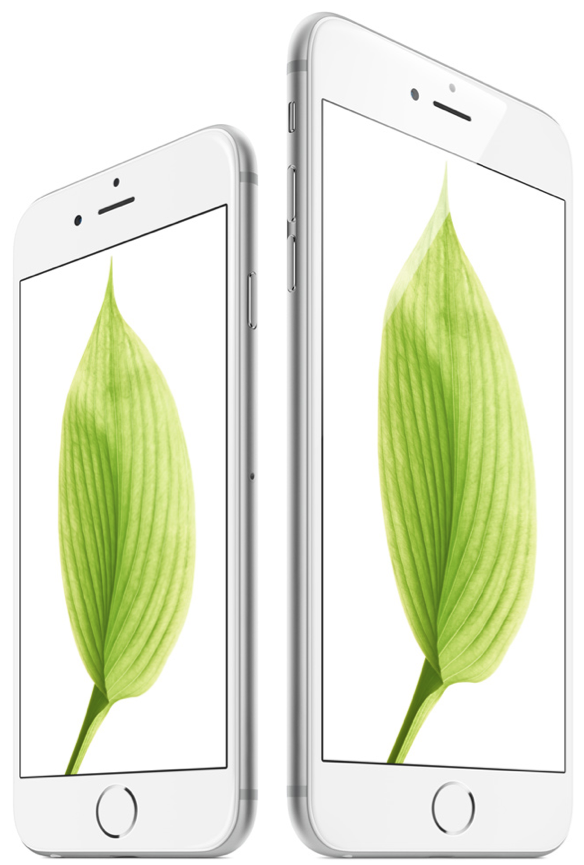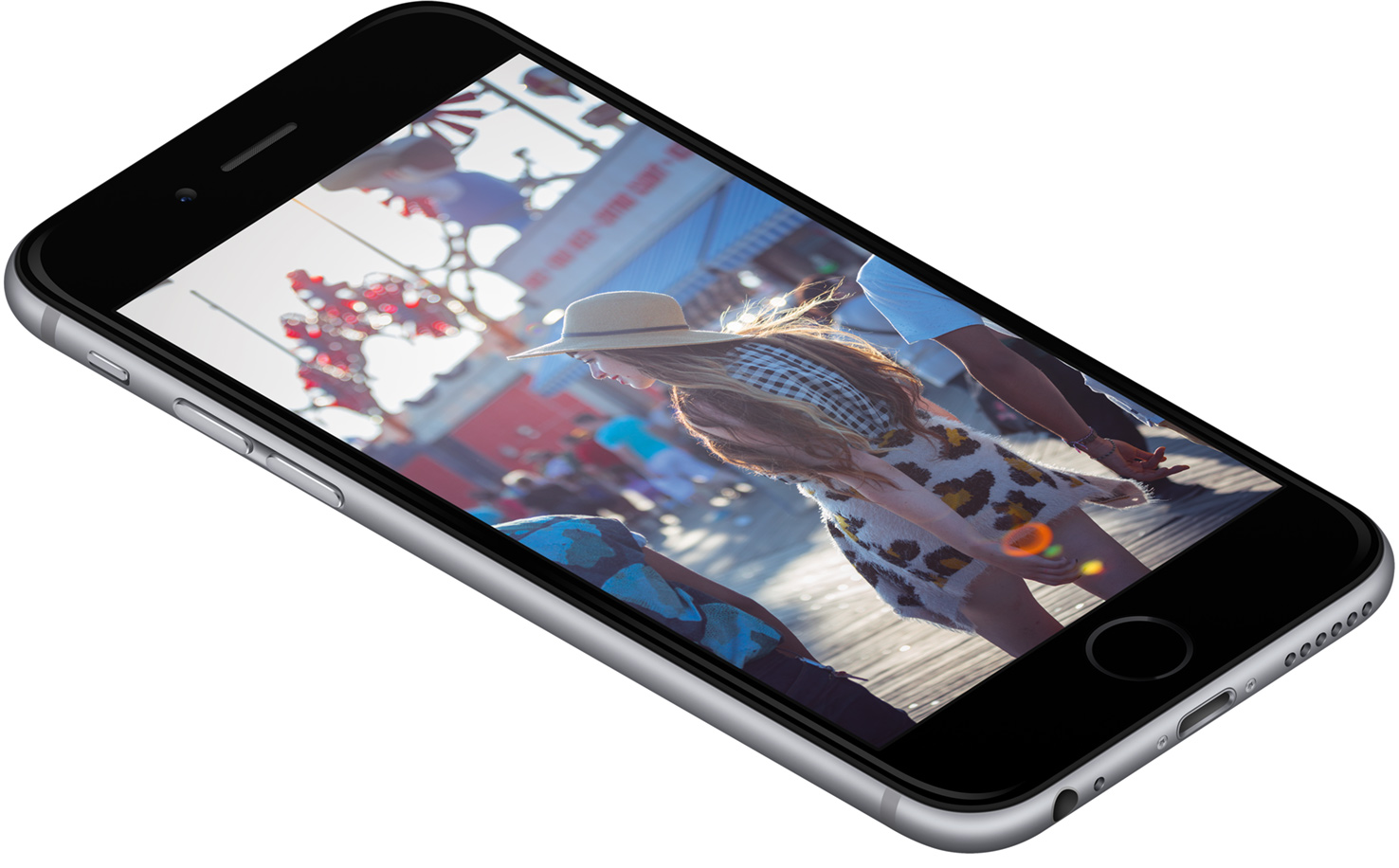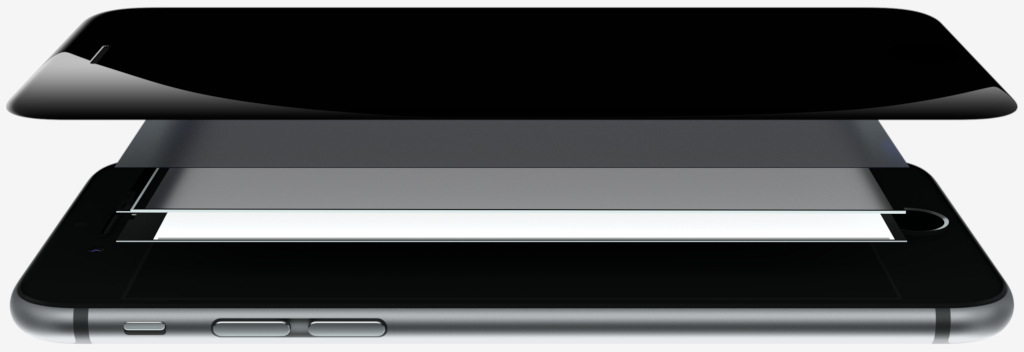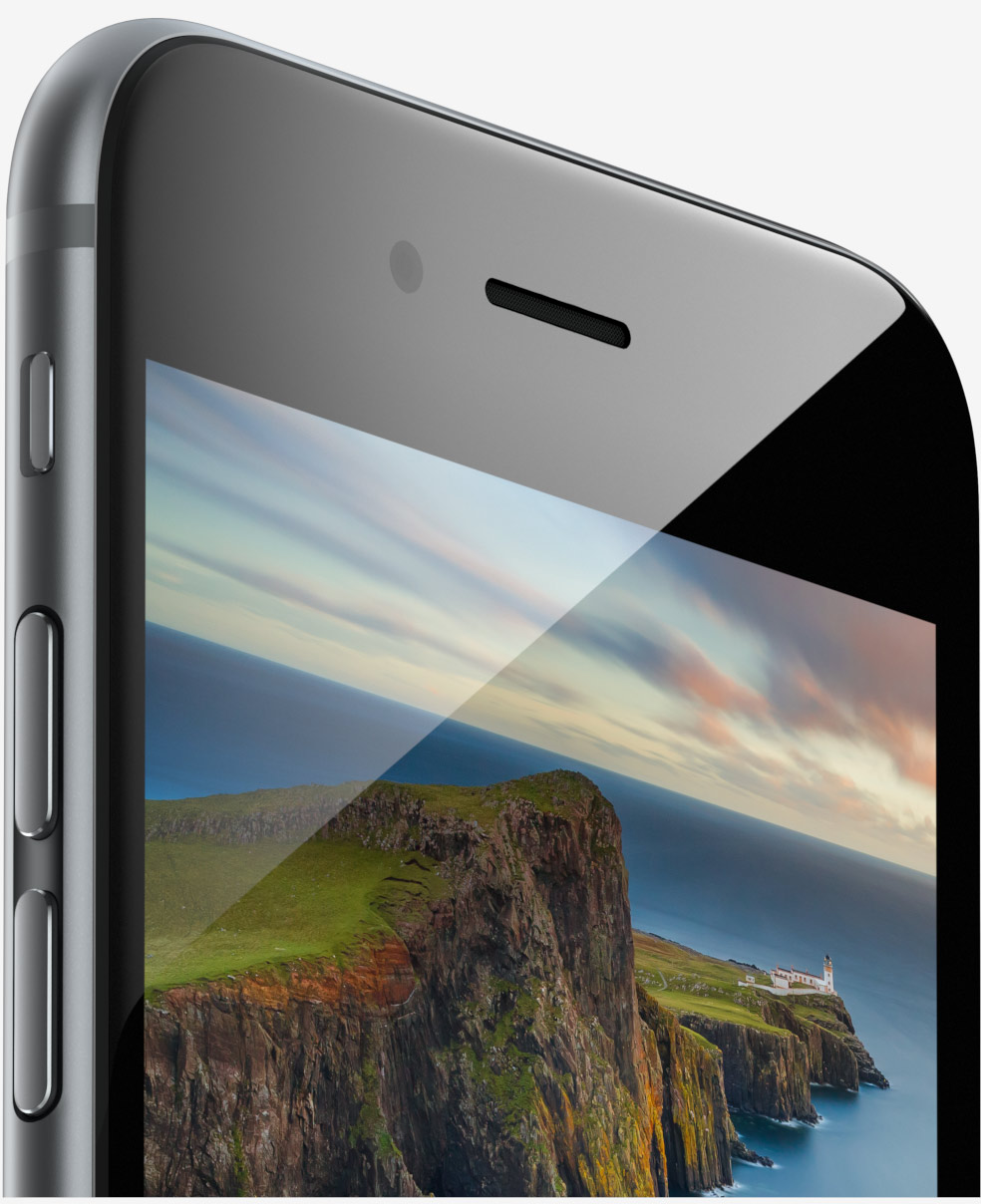It’s official: the iPhone 6 Plus has raised the bar for LCD display performance up by a notch and earned itself the title of the Best Performing Smartphone LCD display “that we have ever tested”, as per a detailed display shootout conducted by DisplayMate Technologies, a professional video calibration equipment producer.
Note that the benchmark did not take into account OLED screens from Samsung, which use a different display technology from the Retina HD screen on the iPhone 6 and iPhone 6 Plus.
In terms of the best overall smartphone display, which includes both LCD and OLED technologies, Samsung’s Galaxy Note 4 with its Super AMOLED display still comes on top, leaving the iPhone 6 Plus with the “Best Performing Smartphone LCD display” designation.
The iPhone 6 also has “a very good display” which is somewhat held back by its lower resolution and pixel count compared to the iPhone 6 Plus.
Taking the handsets through its in-depth series of Mobile Display Technology Shoot-Out Lab tests, DisplayMate was able to determine that the new iPhones stick with a full 100 percent sRGB Color Gamut, measuring “a nearly perfect” 99 percent sRGB Color Gamut for the iPhone 6 and 101 percent for the iPhone 6 Plus, “both impressively accurate”.
Both handsets have very accurate intensity scales with a Gamma of 2.22, though a slightly bluish white point with a color temperature of about 7,300K, which DisplayMate says is “still (marginally) Very Good” and also “somewhat better” than the iPhone 5.
The displays also sport high brightness and low reflectance, making them more suitable for reading under high ambient lighting, each providing over 550 nits, “among the brightest that we have ever measured for a Smartphone, and considerably higher than the Full HD LCD Smartphones that we tested in 2013”.
It’s interesting that Apple is one of the few remaining manufacturers to actually provide display specifications such as brightness and contrast ratio.
That both iPhone displays have almost identical brightness, contrast ratio, color gamut, intensity scale and overall calibration was not lost on DisplayMate, which attributes this to the “detailed automated factory calibration performed on every individual display at the factory”.
In terms of the measured absolute color accuracy (2.6 JNCD for the iPhone 6, 3.1 JNCD for the iPhone 6 Plus), both have been rated “Very Good”, meaning they’re very “likely considerably more accurate than your living room TV”.
Make sure to check out the DisplayMate website for a bunch of performance stats and tables comparing the Retina HD screens to the rest of the pack.
Some of the display technologies Apple developed for the new iPhones include a dramatically thinner display assembly, Dual Domain pixels, Improved Polarizers (so the colors don’t shift when looking at the screen through sunglasses) and Photo aligned IPS, an improved variant of standard In-Plane Switching (IPS) technology of prior iPhones.
From top to bottom: the cover glass, polarizer, IPS screen and backlight
Those technologies allow for a higher contrast ratio, wider viewing angles and more accurate color reproduction overall compared to the previous-generation Retina screens.
As a reminder, the iPhone 6 features a screen resolution of 1,334-by-750 pixels at the same 326 pixels per inch density as the iPhone 4/4s/5/5s, enough to render 720p HD (1,280-by-720 pixels) content natively.
The iPhone 6 Plus features a full HD screen boasting a resolution of 1,920-by-1,080 pixels, making for pixel-perfect accuracy in terms of full HD content reproduction. And at 401 pixels per inch, it’s also significantly sharper than the iPhone 6 display.
These facts have probably led Apple to come up with the new “Retina HD” moniker to designate the iPhone 6 and iPhone 6 Plus displays.
After conducting a barrage of CPU, GPU and battery benchmarks, the reputable hardware review site AnandTech has found that both the iPhone 6 and iPhone 6 Plus leave Android competition in the dust in terms of CPU and battery performance.
In the GPU department, however, the iPhone 6 Plus was found to perform just a hair slower than the iPhone 5s due to the increased pixel count and the fact that the handset renders everything in the 2,208-by-1,242 resolution and then automatically downsamples images to fit the five-inch 1,920-by-1,080 pixel resolution screen.
This is necessary because iOS “cannot easily adapt to arbitrary resolutions and display sizes,” the site wrote.
To learn more about the iPhone 6 and iPhone 6 Plus display technologies, check out a nice overview by my colleague Timothy Reaves or explore the Retina HD section on Apple’s website.



